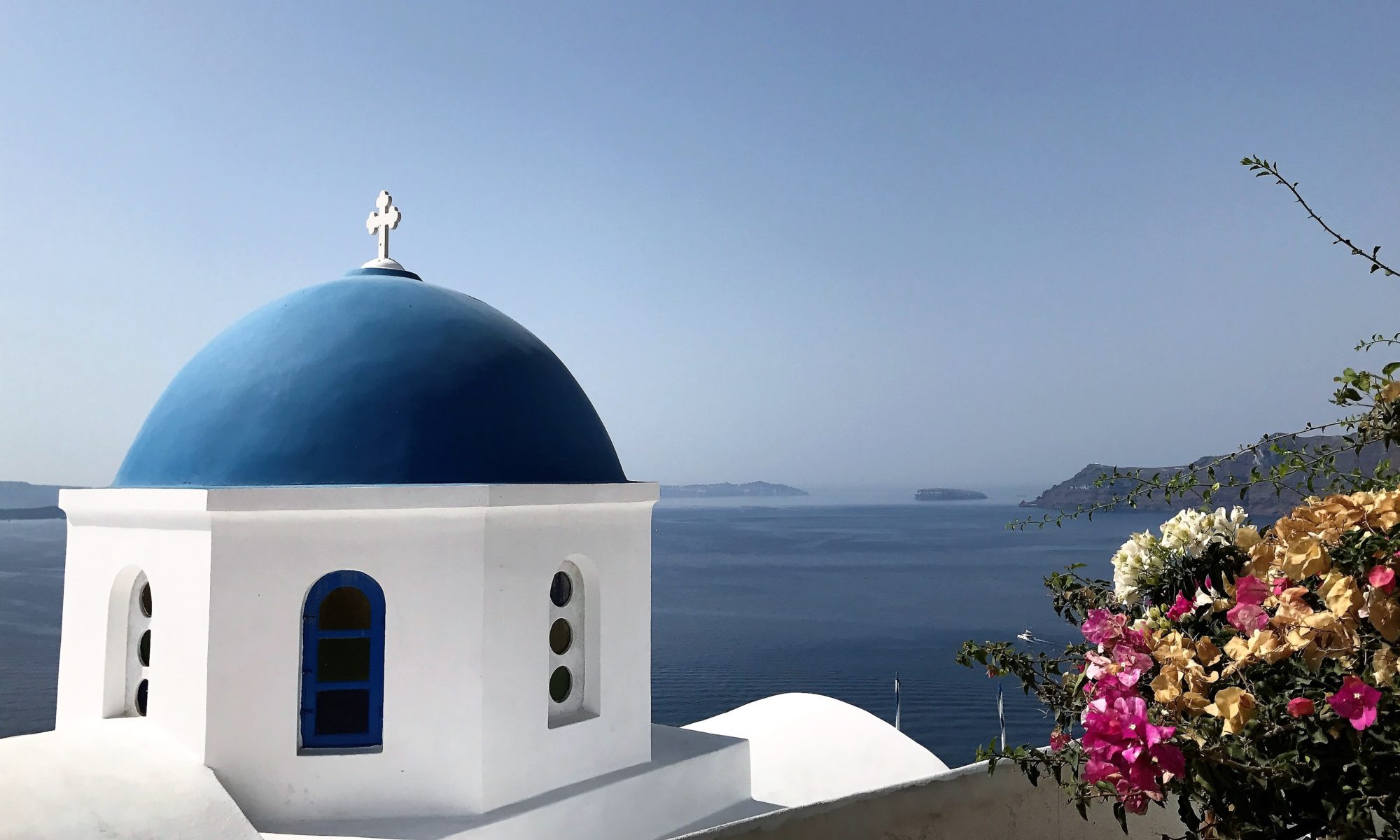
Amalienburg at Schloss Nymphenburg serves as a summer residence and hunting lodge. Elector Karl Albrecht (who reigned from 1726 to 1745) commissioned it for his wife, Maria Amalia. Munich court architect Francois Cuvilliés designed the single-storey building, which features a unique hall of mirrors partly decorated in silver. Art historians regard it as a masterpiece of European rococo art.

The design and interior decoration both center on the theme of hunting. Johann Dietrich and Johann Baptist Zimmermann created the magnificent carvings and stucco work.
The South Wing
After the entrance, the Blue Cabinet is the first room. I am struck by the room which feels like I’m inside a large piece of Dutch porcelain. The paintings, all in blue against a white background, are of flora and fauna. Intricate interwoven leaves, flowers and vines, scenes of the countryside with birds flying and others with birds hung after a hunt, awaiting plucking and cleaning.

The next room, adjacent to both the Blue Room and the Rest Room may have been an armory. Today it is displayed with little furniture despite the lavash wallpaper, curtains and light fitting.

The Rest Room of the Empress is resplendent in yellow and gold. The wall carvings, artwork, fireplace and even the parquet flooring carry rich furnishings and fabrics.


Hall of Mirrors
Next, enter the Hall of Mirrors. This truly stunning room is a focal point of the entire building. The circular room with its flat dome forms the centre of the pavilion, the richness of decorating increasing with each room and culminating in the Hall of Mirrors. In this hall, silver, off white and a delicate blue are the dominant colours with the alternation of windows, mirrors and doors, and the interplay of real and reflected light, seemingly removing the room’s borders. The effect is such that one feels as if one has been transposed into an open pavilion, half arbour, half grotto, above which is the firmament seen through the dome.

I pause for a moment imagining the room laid with a rich post-hunting afternoon feast or candlelit at night for an intimate party. It really is a stunning room.
The North Wing
Further along in the north wing, the Pheasant Room (or Indian Cabinet) showcases its embellished waxed linen wallpaper. It depicts numerous pheasants in all manner of situations, from perched to strung up.

The kitchen is perhaps the most unusual room in Amalienburg. It is the kitchen of Electress Maria Amalia of Bavaria. Here, this Dutch design kitchen combines Chinese style decoration for a functioning kitchen away from the palace.
Amalienburg hosted many festivities and the kitchen primarily catered to this. The decoration reflects this using unique scenes in blue and white – Rotterdam tiles with chinoiserie paintings. Designed to reflect the magic of an untroubled world, the scenes are witty and produced in a light filigree style.

Good To Know
Amalienburg is accessible within the grounds of Nympehnburg Palace. Amalienburg is part of the Palace and its buildings which require an entrance ticket. The grounds are free to enter.
Would I Return?
No. A wander through the grounds would be enough next time around. Unless I manage to be invited to that candlelit party!

7 Replies to “Amalienburg”